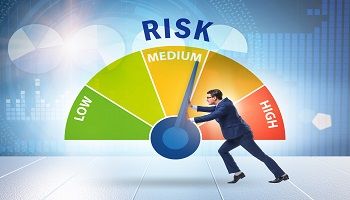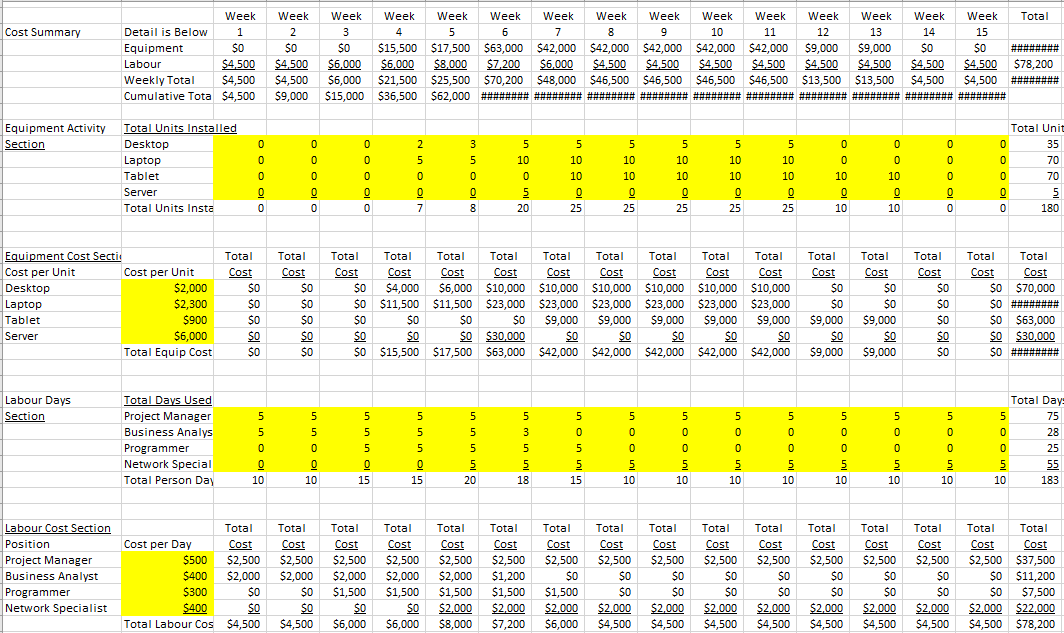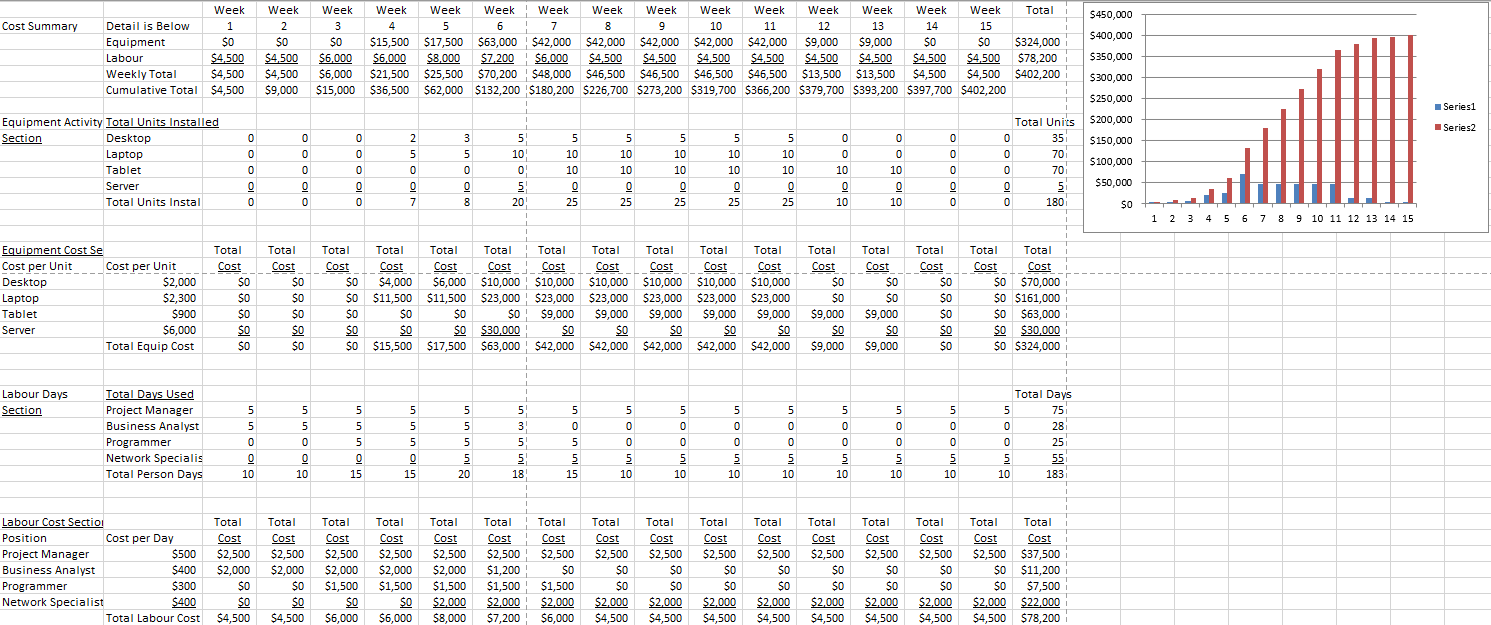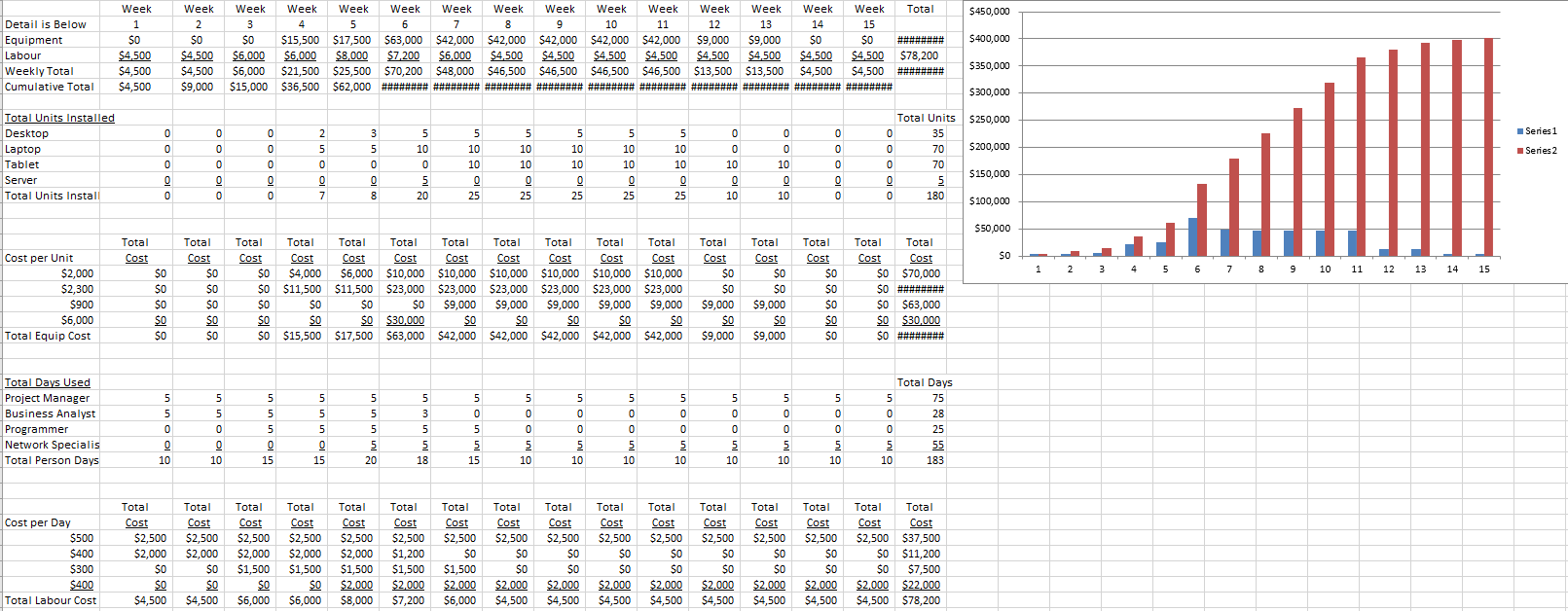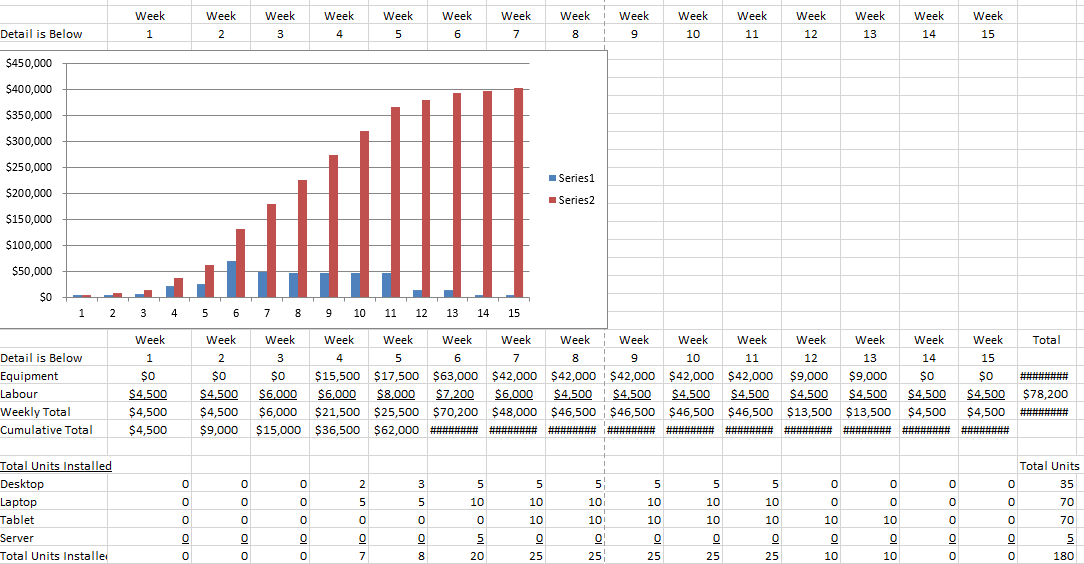The Rhinoceros In The Room (Risk Analysis and How to Tame Your “Unicorn”)
Imagine going to the pet rescue organization in your town to get a new pet, and you look at several adorable dogs and cats, and then the staff person says, “Well, there’s one that we’re not sure we’re going to be able to find a home for. Would you like to see him?”
You’re there to help make a rescue and get a new furry friend, so you say, “Of course!”
The staff member takes you to the end of the row, where there’s an enormous pen with a rhino inside.
You say, “That’s a rhinoceros!” as though the staff person didn’t know that already.

They say, “Yeah! He has a horn. They make great pets because they always go to the bathroom in the same place.” (This is true, by the way.)
You say, “Yeeaaaah…but he weighs 6,500 lbs., has a horn, and can run 30mph.” (This is also true.)
They say, “But they go to the bathroom in the same place every time. Think of how much easier that is than cleaning up after a dog!”
It’s a comical episode, but we often do the same thing in risk analysis. The temptation is to come into risk analysis with pre-conceived notions, or even just so intent on committing to the project as is we’re unaware that’s not a unicorn staring us down. Consequently, we discuss how an Australian Shepherd can get bad hips late in life but forget that a rhino can destroy your house by turning around when you call his name.
So, let’s talk about how to recognize the rhinoceros in the room.
Overview
Risk analysis is the process of identifying, assessing, and prioritizing potential obstacles or stoppers before they derail your project. It involves a meticulous examination of what could possibly go wrong, the likelihood of such events, the potential impact of those worst-case scenarios, and the strategies for mitigation. We must foresee the unforeseen, prepare for the unpredictable, and make sure that a project is not merely feasible, but in the worst case will not harm business continuity or exceed allowable energy or resource expenditures.
Without a comprehensive risk analysis, projects can easily miss deadlines, overshoot the budget, suffer severe scope creep, or otherwise hinder not just the project in question but the business as a whole. The consequences can range from mild setbacks to catastrophic failures, affecting not just the project but also team morale and organizational reputation.
Advertisement
[widget id=”custom_html-68″]
Methodology
Identification:
The first step is recognizing that a rhino, for all its intriguing attributes, poses certain…ahem, “challenges” as a pet. Brainstorm and list all risks, as absurd or unlikely as they may seem.
Assessment:
Next, evaluate each risk based on its likelihood and potential impact. It is truly critical that you measure both sides of the equation; A potential problem that has little impact, like a few users needing help installing new software, probably doesn’t warrant a four-hour meeting and approval from the board of directors before proceeding. Conversely, an unlikely problem with severe consequences, like the credit card system going down on Black Friday, absolutely needs mitigation before proceeding. This is where quantitative and qualitative analysis techniques come into play, understanding the nuance of each risk.
Mitigation Strategies:
Finally, develop strategies to manage the risks that warrant attention before proceeding. This could involve anything from contingency planning to risk transfer mechanisms, all aimed at reducing the likelihood of risks or minimizing their impact should they materialize. In the worst case, at least assign a risk owner to keep an eye on a potential risk so nothing sneaks by you.
Conclusion:
The discipline of risk analysis in project management is about foresight and preparation. Balance your desire for a pet against the wreckage that overgrown unicorn can bring to your life. Equal parts caution and courage, pragmatism and progress, and dreams and dependability. By thoroughly analyzing risks, your projects are more likely to succeed, and you might even be able to sleep better.
Risk analysis is not just a task; it’s a mindset, a culture, and a practice that distinguishes successful projects from pet rhinos.
